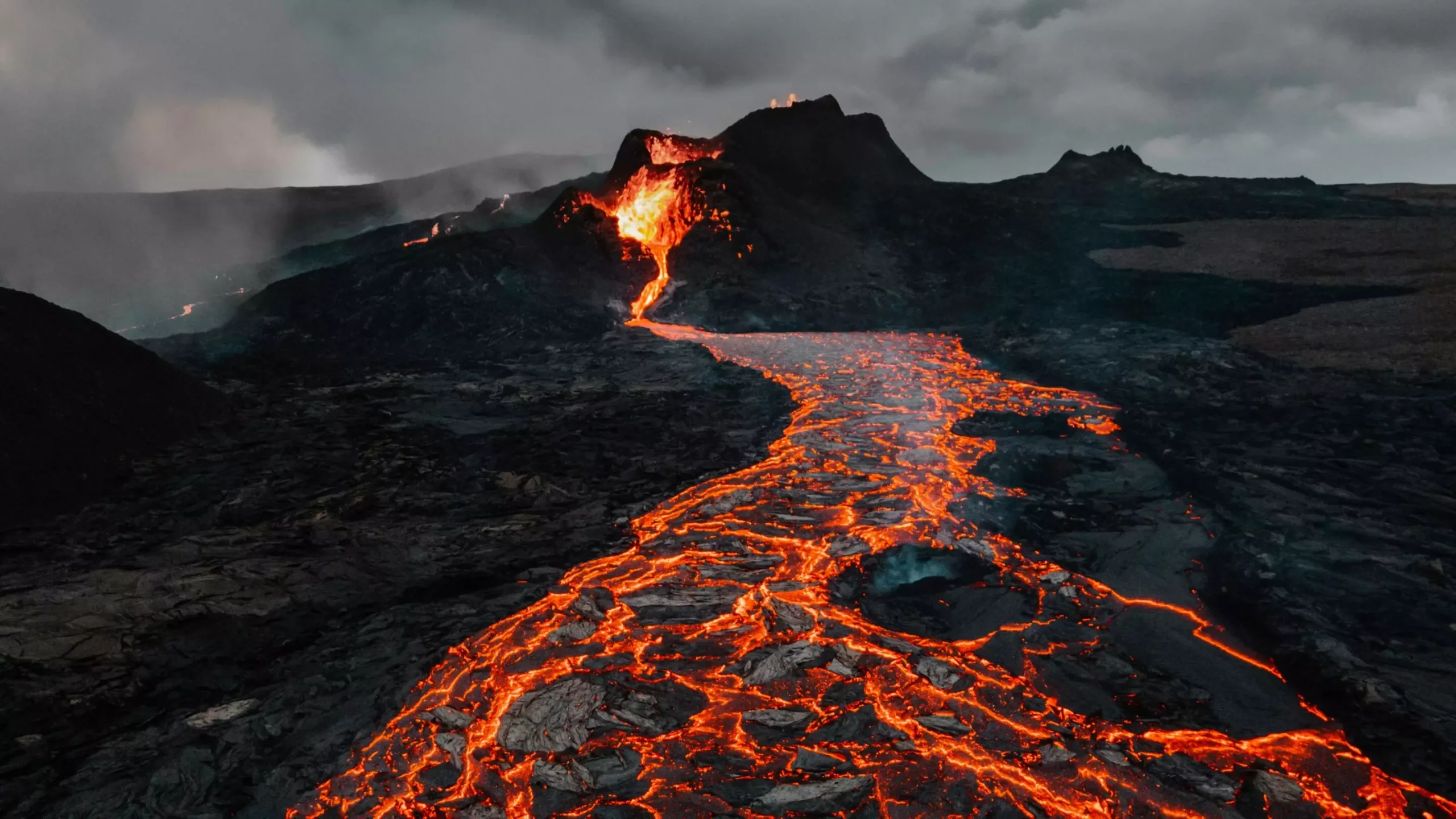Nature has always been a reliable source of answers when it comes to addressing some of humanity’s most challenging problems. In the case of global warming, scientists have turned to Earth’s geological history for valuable insights. Throughout Earth’s existence, there have been periods marked by catastrophic volcanic eruptions that released massive amounts of carbon into the atmosphere and oceans. These events led to rapid climate warming, mass extinctions, and disruptions in the carbon-climate regulation system that lasted for millions of years.
A recent study, published in the journal Science, conducted by a team of Earth and environmental scientists from ETH Zurich, the University of Arizona, University of Leeds, CNRS Toulouse, and the Swiss Federal Institute for Forest Snow and Landscape Research (WSL), delved into how vegetation responds and evolves in the face of major climatic shifts. By analyzing isotopes in sediments and using a specially designed model that incorporated vegetation dynamics, the researchers investigated how the Earth system reacts to significant carbon releases caused by volcanic activity.
The research focused on three key climatic shifts in Earth’s history, one of which was the Siberian Traps event around 252 million years ago. This event, which released a staggering 40,000 gigatons of carbon over 200,000 years, resulted in a global temperature increase of 5-10°C and triggered the most severe extinction event in the geological record. The recovery of vegetation from this event took millions of years, during which the Earth’s carbon-climate regulation system was weakened, leading to prolonged climate warming.
The study highlighted the crucial role of vegetation in mitigating the effects of abrupt climatic changes. It found that the severity of climate disturbances depended on how quickly emitted carbon could be sequestered through processes like silicate mineral weathering or organic carbon production. Additionally, the time it took for the climate to stabilize post-event was influenced by the rate at which vegetation adapted to rising temperatures. While some plant species evolved or migrated to cooler areas, others faced extinction due to the rapid and sustained temperature increases.
The findings of the study hold significant implications for current human-induced climate change. The disruption of vegetation in the past led to prolonged and intense climate warming, delaying the establishment of a new climatic equilibrium by millions of years. Today, we are facing a similar crisis, with greenhouse gas emissions outpacing even the most extreme volcanic events in Earth’s history. Deforestation, driven by human activities, has significantly reduced the ability of natural ecosystems to regulate the climate, further exacerbating the situation.
The study sheds light on the critical interplay between geological events, vegetation dynamics, and climate regulation systems throughout Earth’s history. It underscores the importance of preserving and restoring natural ecosystems to minimize the impact of human-induced climate change and ensure a sustainable future for the planet. By learning from the lessons of the past, we can take meaningful action to protect the delicate balance of Earth’s carbon-climate regulation system for generations to come.



Leave a Reply